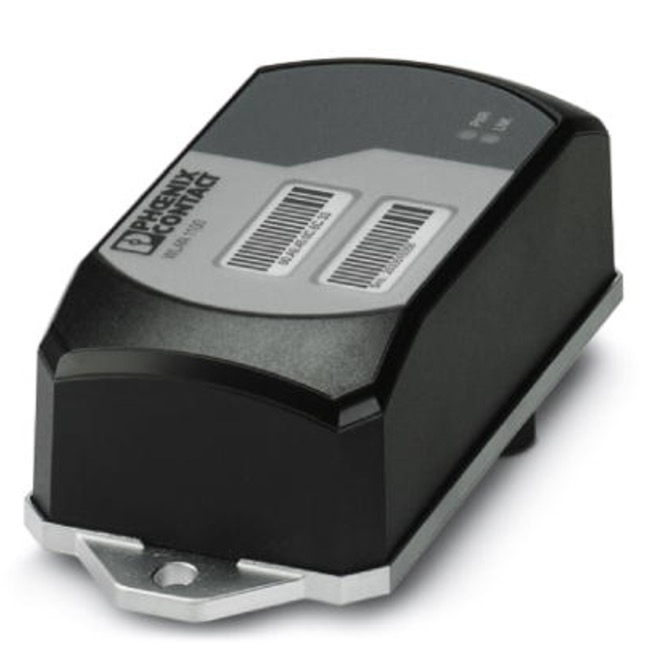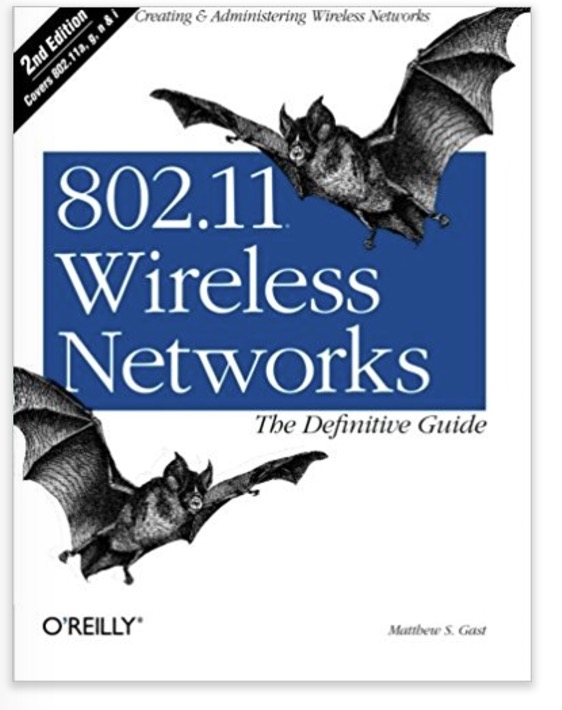Recent Posts
Wireless Module All-In-One 802.11n WLAN Access Point, Repeater, And Client Device
Posted by on
The FL WLAN 1101 by Phoenix Contact is the first in a series of all-in-one 802.11n WLAN access point, repeater, client devices. An innovative form factor and an IP-rated housing make the FL WLAN 1101 ideal for out-of-the-cabinet mounting. With strong, dual internal antennas, it provides a powerful, cost-effective wireless solution to keep a user’s devices connected.
Future variants of the FL WLAN 1101 series will include higher IP ratings for harsher environments, hazardous location approvals, PoE (Power over Ethernet) power connections, and variants with external antenna connectors.
This family approach, along with the already reliable and successful FL WLAN 5101 modules for DIN rail-mounted, inside-the-cabinet applications, will provide the user with multiple options for high-speed, reliable communication to their devices.
Features
- Panel-mount, single-hole mounting design saves cabinet space
- Dual internal 5 dBi antennas
- Simultaneous access point and client functionality
- Compact IP-rated housing
- Models for worldwide use also available
More Information
- Download/View the Phoenix Contact Wireless module - FL WLAN 1100 Product PDF...
- More Information...
As we all know by now, wireless networks offer many advantages over fixed (or wired) networks. Foremost on that list is mobility, since going wireless frees you from the tether of an Ethernet cable at a desk. But that's just the tip of the cable-free iceberg. Wireless networks are also more flexible, faster and easier for you to use, and more affordable to deploy and maintain.
The de facto standard for wireless networking is the 802.11 protocol, which includes Wi-Fi (the wireless standard known as 802.11b) and its faster cousin, 802.11g. With easy-to-install 802.11 network hardware available everywhere you turn, the choice seems simple, and many people dive into wireless computing with less thought and planning than they'd give to a wired network.
But it's wise to be familiar with both the capabilities and risks associated with the 802.11 protocols. And 802.11 Wireless Networks: The Definitive Guide, 2nd Edition is the perfect place to start.This updated edition covers everything you'll ever need to know about wireless technology. Designed with the system administrator or serious home user in mind, it's a no-nonsense guide for setting up 802.11 on Windows and Linux. Among the wide range of topics covered are discussions on:
- Deployment considerations
- Network monitoring and performance tuning
- Wireless security issues
- How to use and select access points
- Network monitoring essentials
- Wireless card configuration
- Security issues unique to wireless networks
With wireless technology, the advantages to its users are indeed plentiful. Companies no longer have to deal with the hassle and expense of wiring buildings, and households with several computers can avoid fights over who's online. And now, with 802.11 Wireless Networks: The Definitive Guide, 2nd Edition, you can integrate wireless technology into your current infrastructure with the utmost confidence.
 Loading... Please wait...
Loading... Please wait...


